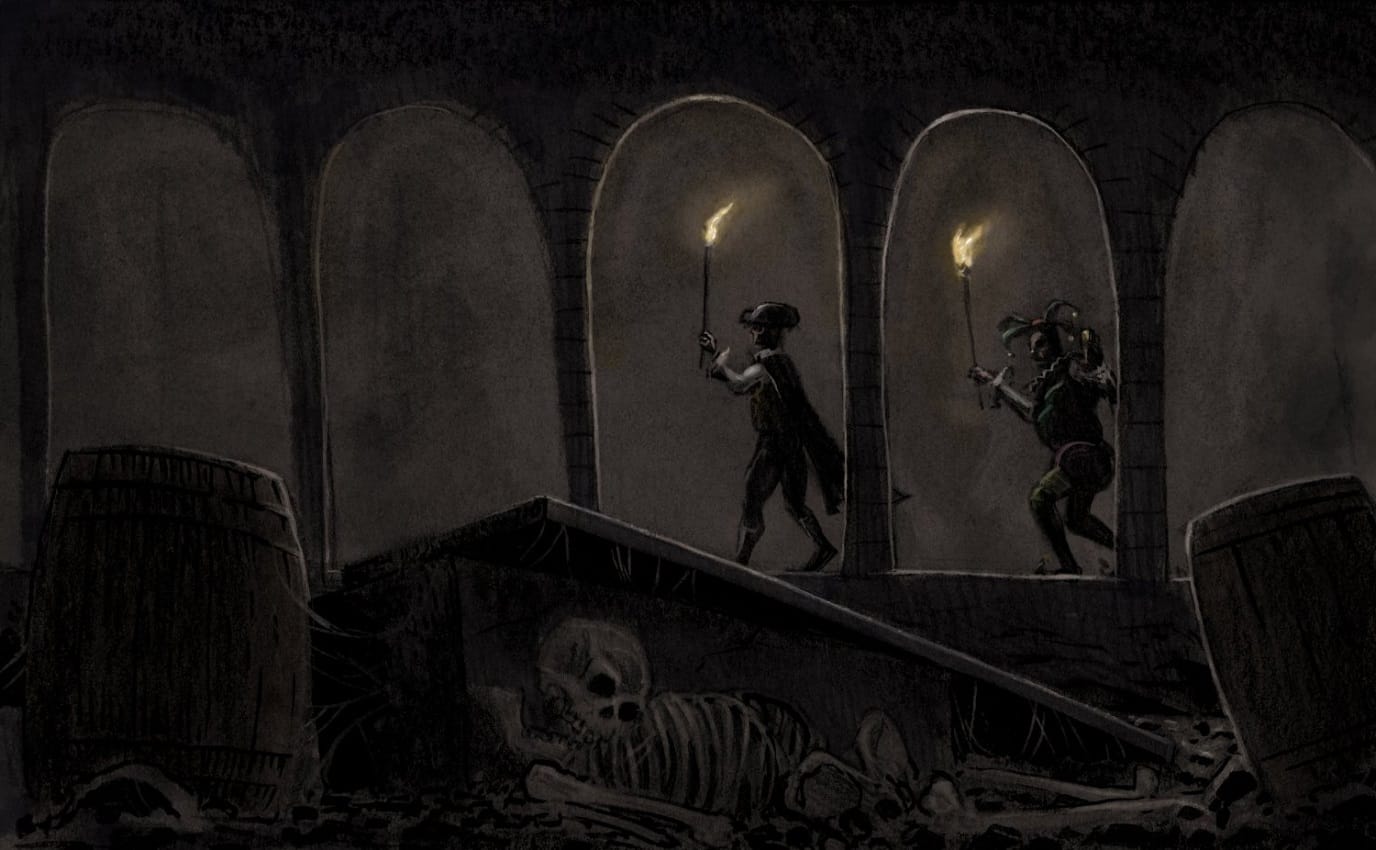
The Cask of Amontillado by Edgar Allan Poe essay
The Cask of Amontillado is a well known Edgar Allan Poe’s story, first published in 1846. The story unfolds in an unnamed Italian city, in unmarked time. The story is told from the first person, narrator tells the story of his deadly revenge to his friend, who has allegedly humiliated him. Revenge lies in immurement into the wall.
In the story Montresor, a representative of an impoverished noble family, tells about the night when he makes a retaliation, revenge to his friend, a prosperous nobleman Fortunato for the many insults and humiliation, however, without revealing the details of the latter. Montresor has planned everything accurately.
Revenge is appointed to the height of the carnival. Montresor tells Fortunato that he has bought a barrel of amontillado. Fortunato, being a well-known connoisseur of wines, doubts that Montresor could buy such a rare and expensive wine, especially during the carnival. Fortunato decides to check authenticity of wine and goes to the basement of his enemy, accompanied by his future executioner.
Ii is cold and damp in the basement, and Fortunato suffers from cough. Montresor offers him a sip of warming Medoc from time to time and Fortunato gets drunker and drunker. On the way Fortunato asks about the emblem of Montresor, its motto says: Nemo me impune lacessit (“No one insults me with impunity”).
Finally they come to the niche in which Montresor handcuffs Fortunato to the wall. The victim still does not understand what is happening. Then begins Montresor starts to spread a stone wall leaving Fortunato in the niche. Fortunato is shouting, swearing, begging, but Montresor lays the last stone and leaves the dungeon. That is how the main conflict is resolved.
Analyzing the story, you realize that despite the fact that murder is a central theme of the story, it can not be attributed to the detective genre, like “Murders in the Rue Morgue” and “Stolen Letter”. “The Cask of Amontillado” does not describe the investigation of crime, the murderer himself is a narrator of the story. Riddle of the story is that the motive of the murder remains unknown to the reader. Thus, all of the “detective” part is left to him, the reader is free to create background of the murder. The main universal themes that are in the story include personal relationships and revenge.
Although Montresor does not disclose the reasons of his act, he mentions “thousands of humiliation,” from which he suffered from Fortunato. Many commentators conclude that Montresor may be crazy, but this version raises questions as in his actions Montresor is very cunning and calculating.
The story uses typical Poe’s themes and symbols: confessions of a killer, immurement of body, burial alive, masquerade, carnival, buffoonery, terrible and fatal under the guise of humor. Resentment is not avenged, if avenging overtakes retribution. It is also not avenged, if the abuser does not know whose hand gives him the punishment. Fortunato was a renowned connoisseur of wine, so he did not suspect a trick at the invitation of his friend to try Amontillado, a keg of which he had bought on the eve…

